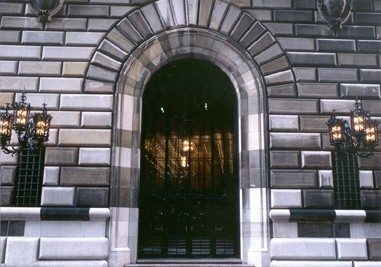
Being in New York this week, I decided to relax today and booked a trip around the vaults of the Federal Reserve Bank of New York.

This was on a recommendation from a friend, and proved to be interesting, especially as there is gold in them, there vaults!
The Fed only allow around 25,000 visitors into the gold vault each year, with the vault found 80 feet underground, which is 30 feet under the bottom of the Hudson River.
The actual vault itself took a year to excavate and build, back in the 1920s.
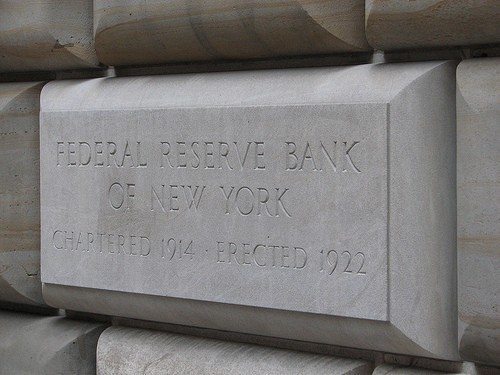
The gold in the vault is about 25 percent of the entire world’s gold, but not much of it is America’s as most of the US gold is stored in Fort Knox.
The vault holds about 216 million troy ounces of gold. One troy ounce is 1.1 times as heavy as the usual ounce of gold we are familiar with in our jewellery.
Each gold bar weighs about 27.4 pounds and a typical gold bar is ‘trapezoidal’ - a four-sided figure with one pair of parallel sides – and is 7 inches long, 3.625 inches wide and around 1.75 inches thick.
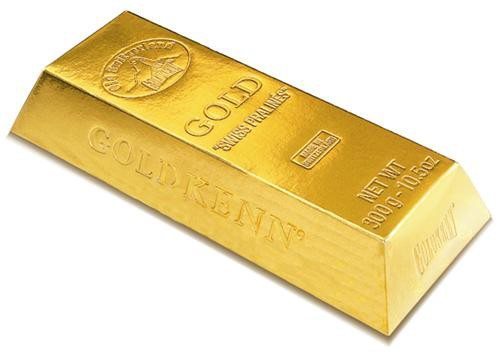
In 2008, the gold was valued at about $194 billion, when gold was $900 an ounce, but today it’s worth more like $275 billion as gold has gone up to $960 an ounce.
The official value placed on all that gold by the authorities is only $11 billion however, as the US Government does not use market value but the pure financial value of a troy ounce to calculate the cost.
Meanwhile, the Federal Reserve Bank of New York only has 60 accounts covering 36 of the wealthiest governments of the world (but not the UK as Gordon Brown sold all our gold back in the late 1990s leaving us impoverished as a nation).
Most of the gold stored in the vault was put there during the Second World War, when overseas governments were looking for a ‘safe haven’ and the location, security and confidence in the US system meant that the Federal Reserve was an easy choice.
The real reason for a visit though, is because the vault is the star of the film Die Hard with a Vengeance
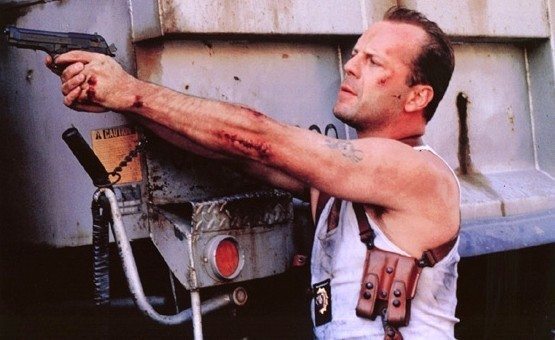
which is why most people, including me, want to see it.
Meanwhile, the Fed also has America’s numismatist society’s collection on display.
Numismatists are those who study currency, and the collection covers everything from ancient Greek and Roman coins through to European and more recent American rarities.
The displays include the world’s second rarest coin – a 1933 double eagle worth $7.6 million.
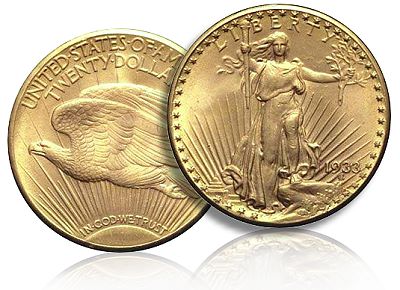
It's called a double eagle because it's worth $20, and a single eagle is $10.
With the collapse of the economy in 1931, President Franklin Roosevelt ordered the nationalisation of all gold reserves in the United States in 1933, which included the gold in all coins without a currency (numismatic) value.
That meant that the 445,000 double eagle coins the US Mint had just manufactured had to be smelted.
There are no 1933 double eagle coins in circulation therefore, other than two which were transferred to the Smithsonian for posterity.
However it appeared that a few coins were stolen from the mint by one of the workers there, without the knowledge of mint officials.
Hence, this sucker is mighty%20rare.
But not as rare as the 1794 silver dollar, which is thought to be the first ever dollar coin minted, and sold for $7.85 million in May%20this%20year .
That makes it the rarest coin in the world, and isn’t in the collection.
In conclusion, if you’re interested in more about the Fed’s vaults, here’s a pdf you can download that tells you all about it: Download Gold Vault Brochure
Chris M Skinner
Chris Skinner is best known as an independent commentator on the financial markets through his blog, TheFinanser.com, as author of the bestselling book Digital Bank, and Chair of the European networking forum the Financial Services Club. He has been voted one of the most influential people in banking by The Financial Brand (as well as one of the best blogs), a FinTech Titan (Next Bank), one of the Fintech Leaders you need to follow (City AM, Deluxe and Jax Finance), as well as one of the Top 40 most influential people in financial technology by the Wall Street Journal's Financial News. To learn more click here...

